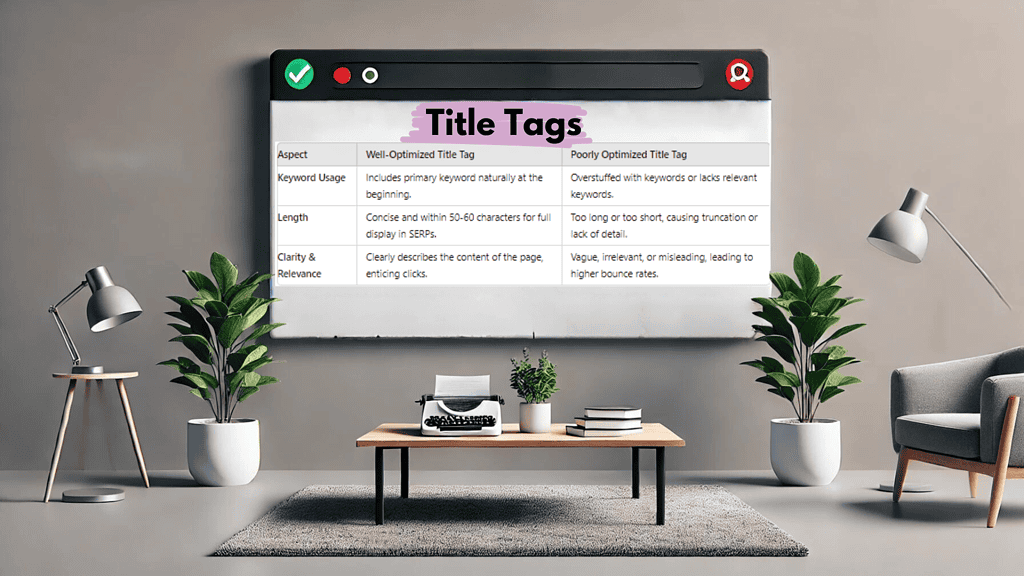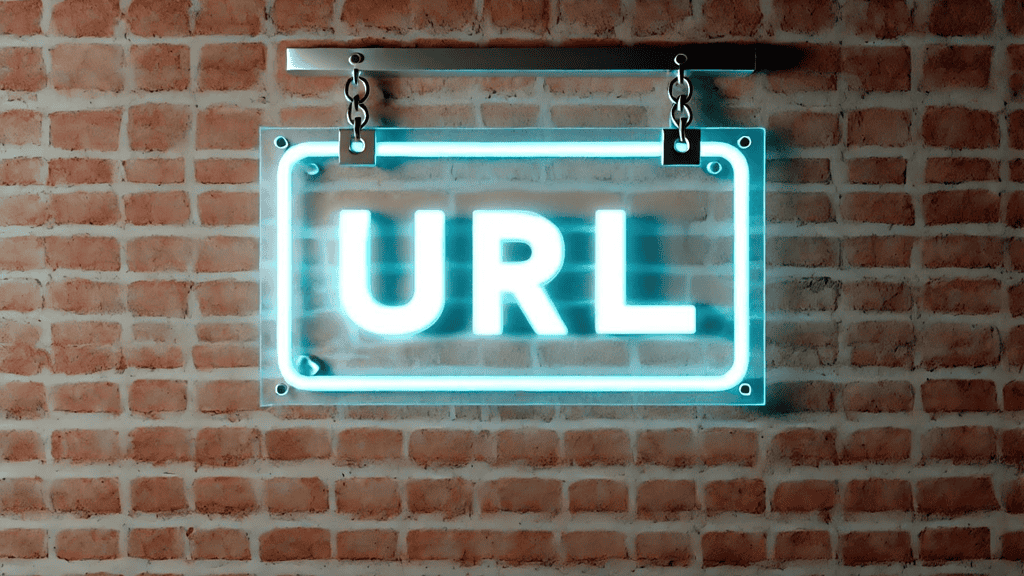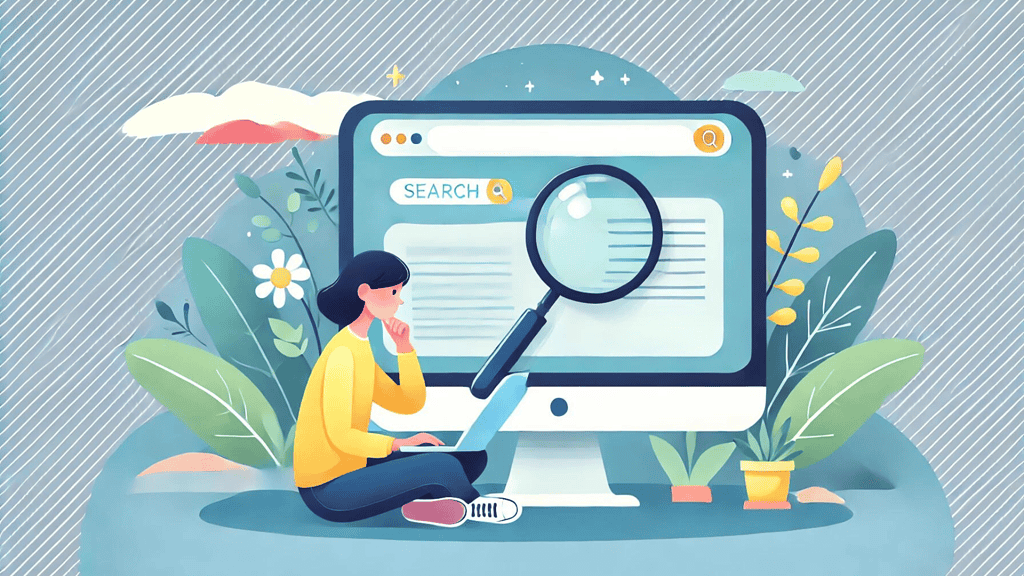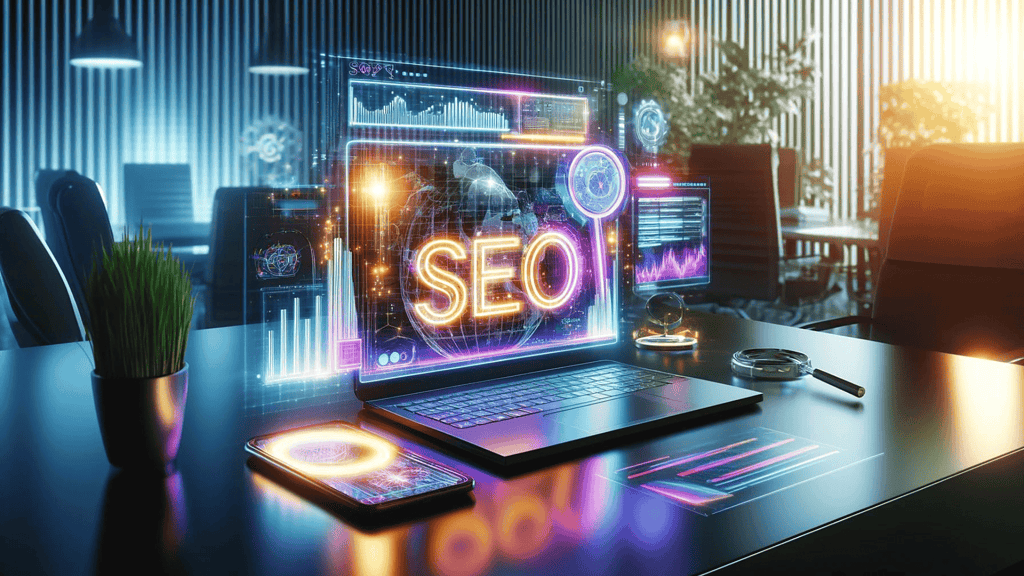Mastering On-Page SEO Techniques For Enhanced Website Performance
Reading time: 7 minutes
On-page SEO is an essential strategy for anyone aiming to improve their website’s visibility in search engine results. By focusing on the various elements that constitute on-page SEO and mastering on-page SEO techniques, you can significantly boost your website’s ranking potential, drive more relevant traffic, and ultimately enhance overall website performance.
In this article, we’ll explore the key on-page SEO techniques and how they can help you unlock the full SEO potential of your website. We’ll also discuss how to do SEO on your own, the benefits of SEO, and effective SEO management strategies.
Understanding On-Page SEO
On-page SEO involves optimizing individual web pages to rank higher in search engines and attract more organic traffic. Unlike off-page SEO, which focuses on external factors like backlinks, on-page SEO emphasizes the elements on your website that you have direct control over. These elements include content, HTML source code, and the overall user experience.
The Importance of Title Tags
Title Tags: The title tag is one of the most critical SEO elements on your web page. It serves as the first impression for both users and search engines. A well-crafted title tag should be concise, accurately describe the page’s content, and include your primary keywords. For example, if your page is about “SEO management,” make sure those words are part of your title tag.

To optimize your title tags effectively:
- Keep them under 60 characters to ensure they display fully in search results.
- Place the most important keywords at the beginning of the title tag.
- Avoid keyword stuffing; focus on readability and relevance.
By following these guidelines, you can increase the likelihood of higher SE ranking and improve click-through rates from search engine results pages (SERPs).
Crafting Compelling Meta Descriptions
Meta Descriptions: Although meta descriptions are not a direct ranking factor, they play a significant role in attracting users to click on your link. A compelling meta description provides a clear summary of the page’s content and should include targeted keywords.

Here are some tips for creating effective meta descriptions:
- Aim for about 150-160 characters to optimize visibility and effectiveness.
- Include your primary keyword naturally within the description.
- Write a persuasive call to action that encourages users to click.
Well-crafted meta descriptions not only improve user experience but also contribute to better SE ranking by increasing your page’s click-through rate.
Utilizing Header Tags Effectively
Header Tags: Headers (H1, H2, H3) are crucial for structuring your content in a way that improves both user readability and search engine understanding.

- H1 Tag: Reserved for the main title of the page. There should only be one H1 tag per page, and it should include your primary keyword.
- H2 Tags: Used for main sections or topics within the page. These should also include relevant keywords.
- H3 Tags: Sub-sections under the H2 tags. These tags help break down the content further and should be used appropriately to maintain a logical flow.
Proper use of header tags ensures that your content is easily navigable for users and helps search engines understand the importance of various sections on your page. Mastering on-page SEO techniques and this structured approach is crucial for optimizing your website for SE ranking.
Optimizing URL Structure
URL Structure: The URL of your web page is another important on-page SEO factor. A search-friendly URL should be short, descriptive, and include keywords when possible.

To optimize your URLs:
- Keep them concise and avoid unnecessary parameters.
- Use hyphens to separate words (e.g., “how-to-do-seo-on-your-own”).
- Ensure that the URL is a clear reflection of the page content.
A well-structured URL not only enhances the user experience but also aids search engines in indexing your pages correctly, leading to better SE ranking.
Image Optimization for SEO
Image Optimization: Images play a crucial role in enriching content and improving user engagement. However, they also need to be optimized for SEO to avoid negatively impacting page load speeds and accessibility.
To optimize images:
- Use descriptive file names that include keywords.
- Add alt text that accurately describes the image content and includes relevant keywords.
- Compress images to reduce file sizes without compromising quality.
Proper image optimization is a vital component of how to do SEO on your own. It not only improves your page’s loading time, which is a ranking factor, but also makes your website more accessible to users with visual impairments.
The Value of High-Quality Content
Content Quality: High-quality content is the backbone of effective on-page SEO. Content that is informative, well-written, and valuable to your audience not only attracts visitors but also encourages them to stay longer on your site, reducing bounce rates.

To create high-quality content:
- Conduct thorough keyword research to understand what your audience is searching for.
- Write content that addresses these queries and provides actionable insights.
- Incorporate keywords naturally without overstuffing.
High-quality content enhances your website’s SE ranking by providing value to users, which in turn signals to search engines that your page is a relevant and authoritative source.
Leveraging Internal Linking
Internal Linking: Internal links connect different pages within your website, helping search engines crawl your site more effectively and encouraging users to explore more content.
Effective internal linking:
- Use descriptive anchor text that includes relevant keywords.
- Link to related content that adds value for the reader.
- Ensure that important pages on your site are easily accessible through internal links.
Internal linking is a key part of SEO management. It not only improves navigation but also distributes page authority across your site, enhancing the SE ranking of individual pages.
The Benefits of SEO and Its Potential
Investing time and effort into on-page SEO can yield significant benefits for your website. By mastering on-page SEO techniques, you can improve your website’s search engine visibility, attract more targeted traffic, and enhance the overall user experience. The benefits of SEO extend beyond just rankings; they include increased brand credibility, higher conversion rates, and long-term growth.

Final Thoughts
On-page SEO is a powerful tool in your digital marketing arsenal. By focusing on key elements like title tags, meta descriptions, header tags, URL structure, image optimization, content quality, and internal linking, you can unlock the full SEO potential of your website.
Whether you’re managing your SEO on your own or seeking professional help, understanding these techniques will empower you to achieve better SE ranking and realize the full benefits of SEO. With consistent effort and a strategic approach, you can master on-page SEO and drive meaningful results for your website. Discover the power of effective SEO strategies with Owltek Solutions – your gateway to unlocking unparalleled online visibility and driving organic traffic to your digital doorstep!
**This post contains affiliate links, meaning I may earn a small commission if you make a purchase through one of them. Rest assured, I only recommend products I truly love. Your support helps keep my creative business thriving — thank you!**

